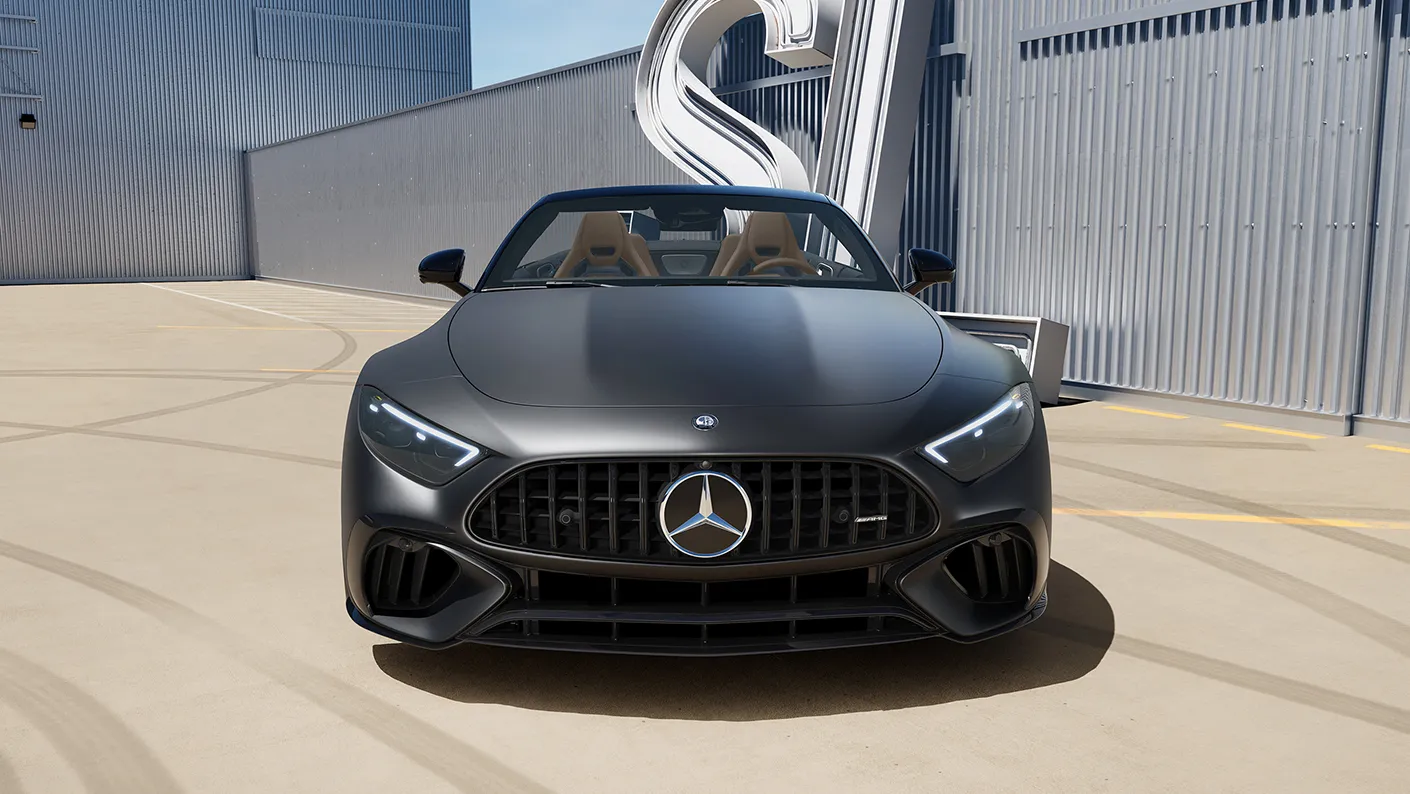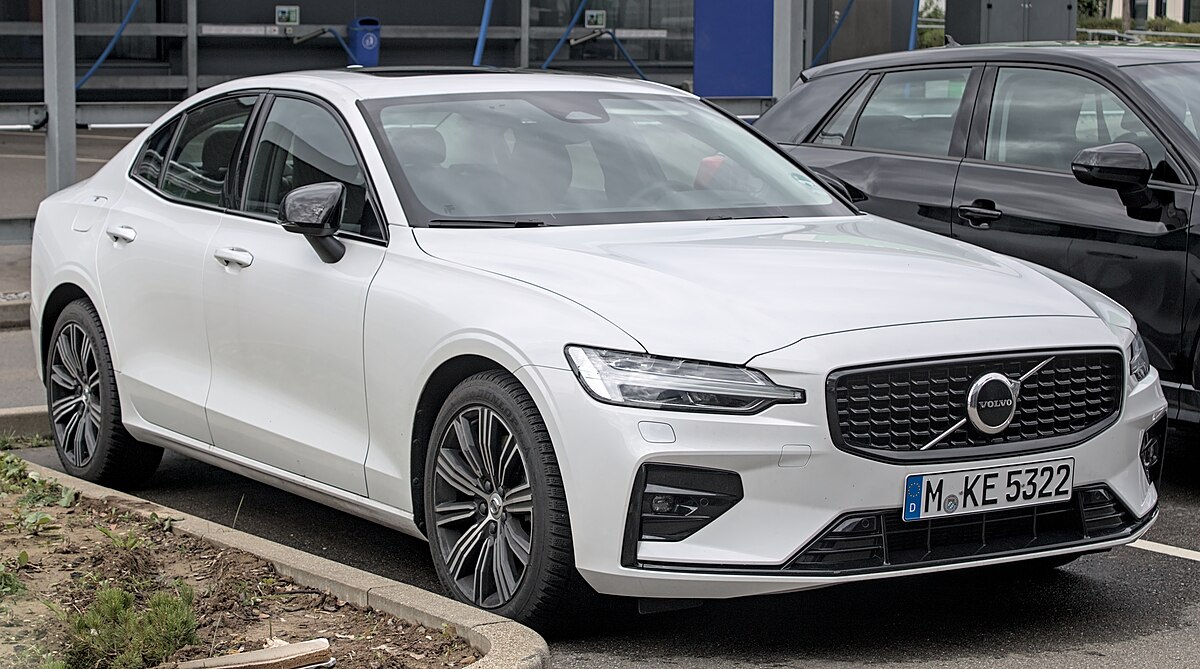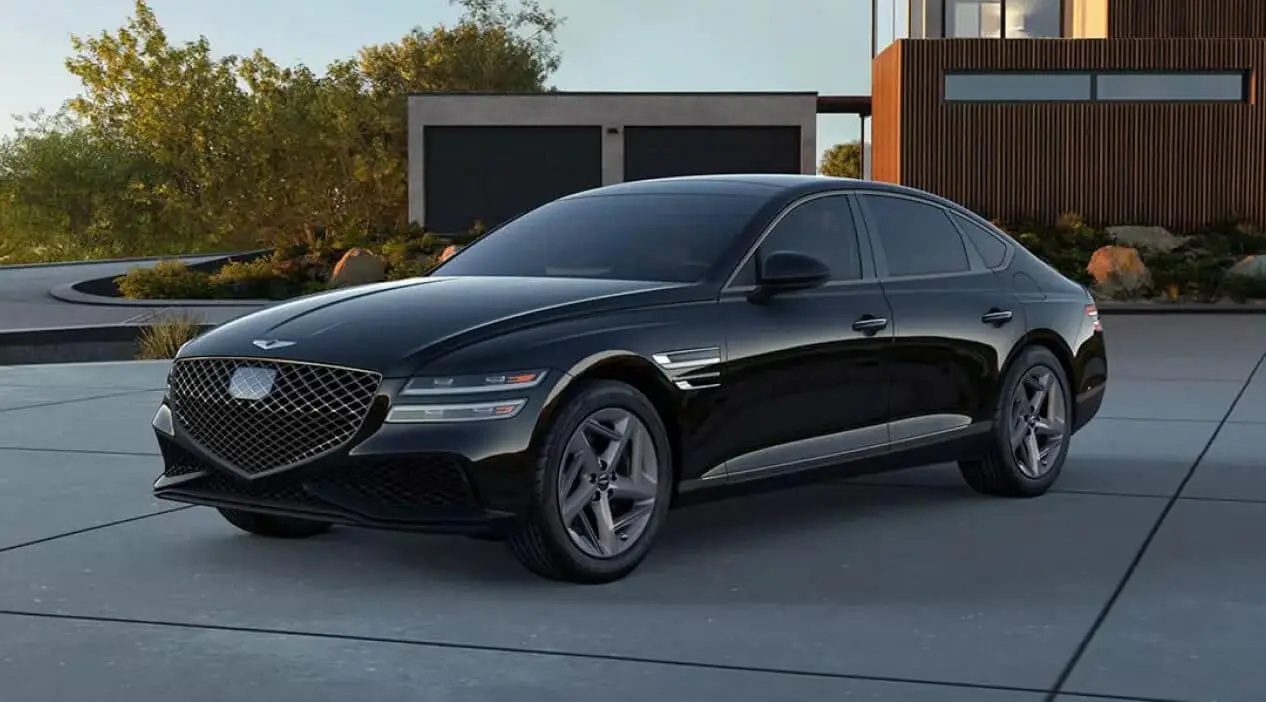A study conducted by Allianz, a leading insurance group, has revealed that the presence of an in-car touchscreen or central infotainment system can elevate the risk of a crash by as much as 44%.
This heightened risk largely stems from drivers becoming distracted while attempting to locate a specific function or feature.
The issue is further compounded by the growing trend of car manufacturers hiding essential controls within complex layers of menus, making them challenging to operate safely while driving.
Voice assistants present a viable solution to this prevalent problem, enabling drivers to manage a car’s functions without diverting their attention from the road.
While not all implementations of voice assistants are effective with some systems proving to be lackluster the most efficient ones offer a seamless way for drivers to utilize the car’s infotainment system without wrestling with convoluted menus or overcrowded interfaces.
Below are examples of some of the best in-car voice assistant systems currently available.
1. Polestar
Polestar stands out as the first automaker to integrate Android Automotive OS into its in-car operating system, diverging from the typical approach of most manufacturers who prefer to develop proprietary systems and then incorporate third-party apps and services.
This strategy has provided Polestar with several distinct advantages over its competitors, most notably the ability to leverage Google Assistant for remote control of the Polestar 2.
Many users are already accustomed to using Google Assistant via Android Auto. However, with Android Automotive OS, Polestar owners can also access real-time updates on the vehicle’s battery status, cabin temperature, and overall condition.

This information is accessible anywhere Google Assistant is connected, including through devices like the Nest Audio or a smartphone.
Additionally, voice commands can be used to remotely start the car and preset the cabin temperature, ensuring the interior is comfortable before the driver gets inside.
While some automakers, such as GM, are moving away from Android Auto and Apple CarPlay in favor of developing proprietary systems, Polestar’s Google-based system demonstrates how tight integration with the tech giant’s platform can deliver substantial benefits for drivers.
2. Mercedes-Benz
Mercedes-Benz has taken a promising step with the integration of ChatGPT into its MBUX infotainment system, albeit currently limited to a pilot program in the U.S.
Unlike most in-car voice assistants that are confined to managing functions such as air conditioning, navigation, or the media system, Mercedes aims to extend the capabilities of its assistant by incorporating ChatGPT.
With ChatGPT, drivers can issue a wider variety of commands and inquiries, such as finding recommendations for nearby restaurants or hotels and even posing questions unrelated to driving.

Effectively functioning as an in-car search engine, this feature eliminates the need for a smartphone to access similar information.
Additionally, the integration of ChatGPT enhances the conversational tone of the voice assistant, making it sound less robotic and more natural.
Trained on a vast dataset, ChatGPT offers responses that cover a broad spectrum of topics, providing an experience that feels more intuitive and human-like compared to traditional systems.
Following the initial trial period, Mercedes-Benz intends to expand the ChatGPT-enabled MBUX system to international markets and refine the beta version currently available to American users.
3. Tesla
One of the most frustrating aspects of using voice assistants is the accidental activation caused by misidentifying a wake word.
While leading systems from Google, Amazon, and Apple have significantly improved in filtering out these false triggers, many in-car systems from various manufacturers still lag behind.
Tesla addresses this issue by requiring drivers to press a button to activate its voice assistant. Depending on the vehicle model, this button can be found either on the steering wheel or the touchscreen, ensuring the system only activates intentionally.

Tesla’s voice assistant can provide recommendations for nearby points of interest, such as gas stations, restaurants, or museums, which can then be added directly as navigation destinations.
Instead of integrating advanced AI systems like ChatGPT, Tesla incorporates a Google search function. Drivers can request a search term, and the results appear in the car’s built-in web browser.
Staying true to Tesla’s innovative spirit, the voice assistant also includes hidden Easter egg commands for drivers to uncover—though we won’t reveal those here.
4. Mini
In July 2023, Mini introduced a redesigned interior for its vehicles, combining retro aesthetics with modern technology.
Alongside enhancements to its infotainment system aimed at keeping pace with competitors, the update also introduced unique features to distinguish Mini’s onboard systems from those of its parent company, BMW.
One standout feature is the debut of a new, Mini-specific voice assistant.

In addition to handling standard tasks like adjusting cabin temperature, managing navigation, and processing phone commands, Mini claims that its new assistant can engage in casual “chit-chat” with drivers.
This capability includes telling jokes, answering playful questions such as “do you like me,” and narrating stories.
The system is built on Amazon Alexa-based technology, but instead of invoking Alexa directly, drivers use the wake phrase “Hey Mini.”
Another noteworthy feature is the system’s ability to discern whether the driver or front passenger is issuing a command, tailoring its response to the appropriate person.
5. Volvo
While Polestar was the first automaker to adopt Android Automotive OS, it didn’t take long for Volvo, its sister brand, to follow suit.
This new system is featured in models like the 2023 XC40 crossover, where it has proven to be a substantial improvement over Volvo’s previous assistant.
Volvo’s shift to Android Automotive OS was first announced in 2022, along with the integration of YouTube streaming into its infotainment system.

Using Google’s technology for its built-in voice assistant offers several advantages, chief among them being the ability to receive regular, over-the-air updates.
This ensures that the system remains up-to-date and continually improves. Additionally, the Google ecosystem integration is seamless, with Android smartphone users enjoying the greatest benefits.
However, while Apple CarPlay is included in the XC40, it is not wireless—a curious oversight in what is otherwise a modern and intuitive infotainment system.
6. BMW
BMW’s efforts to streamline access to its many in-car functions and features have not always been successful.
A prime example is the gesture control system introduced in some 2023 models, which often proved more frustrating than helpful due to its clunky operation and frequent accidental activations.
However, the automaker’s voice assistant stands out as one of the better systems on the market, particularly in vehicles like the 2023 BMW i7, where navigating the numerous features can be distracting.

With the i7’s vast array of menus and options, the “Hey BMW” voice command offers a more convenient and less distracting way to access features compared to traditional controls.
Fortunately, BMW’s assistant is both capable and easy to use, making it an efficient tool for unlocking the full potential of the luxury sedan’s features.
While it isn’t as deeply integrated into the Google or Apple ecosystems as some competitors’ systems, it works effectively alongside Apple CarPlay or Android Auto, serving as a reliable companion for drivers on the go.
7. Genesis
Hyundai’s luxury brand, Genesis, has garnered significant attention with its latest lineup of vehicles, offering driving experiences on par with top-tier competitors while maintaining a more accessible price point.
A key component of this appeal lies in its robust suite of connectivity and comfort features, all of which can be managed via the built-in voice assistant.
After testing the system in several Genesis models, including the 2023 Electrified G80, it’s clear that Genesis has one of the more refined voice assistants available.

While Android Auto and Apple CarPlay are also integrated as alternatives, the built-in assistant is capable of managing a wide range of tasks, from rolling down windows to accessing weather updates.
However, there’s a caveat: to fully utilize the assistant’s internet-dependent features, owners will need Genesis Connected Services.
This service is complimentary for the first three years of ownership but requires a $99 annual subscription thereafter. Without the subscription, basic offline commands will remain functional, but those relying on an internet connection will not.
8. Audi
Voice assistant systems often struggle with accurately recognizing commands from drivers with strong or non-American accents.
Audi has addressed this issue by incorporating speech training into its voice assistant, enabling the system to learn and adapt to the specific inflections and pronunciation of individual users.
Over time, this personalization enhances the system’s accuracy. During testing with a British-accented reviewer in an Audi Q8, the assistant proved reliable even before additional speech training was applied.

In addition to recognizing accents, Audi’s system interprets conversational commands such as “I’m hungry” or “I’m cold” and responds by finding nearby restaurants or adjusting the cabin temperature accordingly.
Unlike some assistants that rely on wake words, Audi’s system is activated by pressing a button on the steering wheel.
This approach minimizes false activations, although it does have a drawback: when Android Auto or Apple CarPlay is connected, the same button is used to launch Google Assistant or Siri, potentially creating overlap in functionality.

